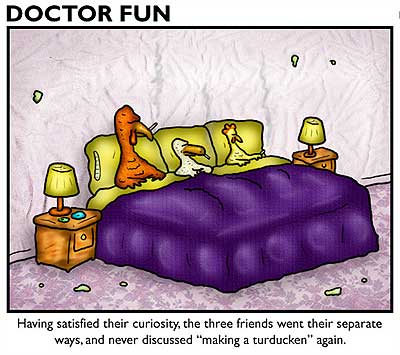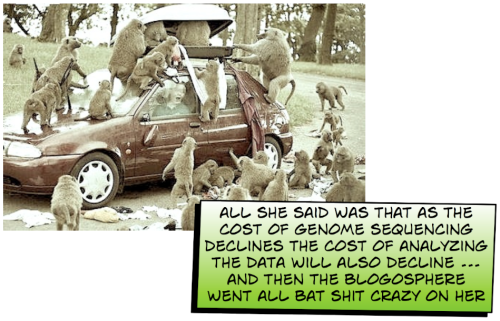We all have social networks. Your friends and family are a network of relationships. The neural networks in your brain that carry out computations involved in social interactions are another type of “social network”. These two networks are obviously related – in so far as your ability to self-reference and understand your own internal thoughts and feelings predicts how well you can understand and predict the internal thoughts and feelings of others – and thus how extensive your network of friends and family is likely to be. The structure of your brain networks may even be related to how many friends you have on facebook.
According to Lencz and colleagues, there is a genetic association between the T-allele of rs1344706 and the structure and connectivity of the neural networks that carry out self-referential processing in the brain … in the so-called “default mode network” that is associated with “stimulus independent” mental activity and with social cognition such as when you are attributing mental states to others.
Interestingly, the T-allele of this SNP – residing in the zinc finger protein 804A gene – has been previously associated with schizophrenia (SZ).
From Lencz and colleagues:
“To our knowledge, this is also the first study to identify a genetic correlate of multiple brain regional GM volumes comprising the default mode network.”
The default mode network comprises regions that show synchronized activity at ‘resting’ baseline, in the absence of specific stimulation (Raichle et al, 2001). Ongoing work has implicated this network in the development of self-referential thought (Spreng and Grady, 2010), which has been specifically implicated in the developmental psychopathology of SZ (Nelson et al, 2009).



















